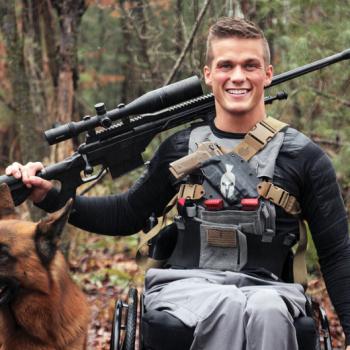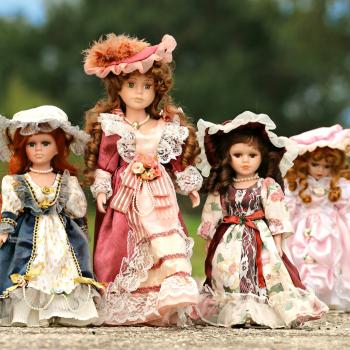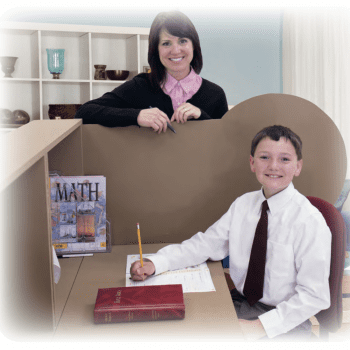We’d only been at the get-together five minutes when I realized that my daughter Sally was engaged in a romping game of tag with a twenty-something family friend of my in-laws. At Sally’s instigation, the game soon turned to hide and seek, and Sally was giggling under a table while her new friend was walking around the table pretending to not be able to find her.
 This is not the first time this has happened. When Sean had some of his friends over for a cookout last summer, Sally was quickly engaged in planning a global takeover with a twenty-something grad student. She was laughing and chatting excitedly, and he was smiling and playing along. When I have friends over Sally ends up sitting right next to them on the couch, showing them something exciting in a book or a recent piece of artwork.
This is not the first time this has happened. When Sean had some of his friends over for a cookout last summer, Sally was quickly engaged in planning a global takeover with a twenty-something grad student. She was laughing and chatting excitedly, and he was smiling and playing along. When I have friends over Sally ends up sitting right next to them on the couch, showing them something exciting in a book or a recent piece of artwork.
There’s a reason I mention this: the stereotypes about public schooled children I was taught growing up were wrong. I was homeschooled K through 12, and was often told that one of the benefits of homeschooling is that homeschooled children, unlike children who attend public school, learn to socialize with those of a whole range of ages. Homeschooled children, I was told, could intelligently converse with adults while children who attend school could only comfortably talk to other children their own age.
Imagine my surprise, then, at my daughter Sally. Sally is not in school yet, but she does attend full-day preschool five days a week, and began going to daycare full-time when she was little. According to the stereotypes I was taught growing up, Sally should be comfortable with her peers but not comfortable conversing with adults. Sally should be peer-dependent and adult-phobic. Except that she’s not.
Advocates of homeschooling could assert that homeschooled children can be well socialized without at the same time arguing that public schools socialized children badly, and some do. But that was not the message I got growing up as a homeschooled child. Instead, the message I heard was that that public schools provide terrible socialization and even socially cripple children. This rhetoric was so extreme that some homeschool leaders (Chris Klicka, for instance) actually called sending children to public school child abuse. But one refrain I heard over and over and over again was that homeschooled children were able to interact intelligibly with adults while public schooled children were peer-dependent and adult-phobic. Hence my surprise at Sally.
But now that I think about it, this idea that homeschooled children could automatically converse intelligently with adults doesn’t fully represent my own experience. Yes, most of us could carry on a polite conversation with adults, but they weren’t generally the sort of jubilant freewheeling completely involved conversations Sally has with the adults in her life. Oh, sometimes they were, but more often they were more formal. And some of the children I knew, including some among my own siblings, were fairly shy and withdrawn around adults.
I am not saying that homeschooled children cannot speak openly and informally with adults while public schooled children can. I’ve met a fair number of secular homeschoolers as an adult, and some of their children do have freewheeling conversations with adults while others are more shy or simply less interested in talking to adults. I will not repeat the mistake of the sort of dichotomies I grew up with. This world is much more complex and diverse than that. Honestly, I think a lot of this particular issue has to do with personality. Some children are naturally more outgoing and talkative while others are more shy and withdrawn. Sally may throw herself into conversation with adults while other children in her same preschool class will not. I suspect there are other factors at play too, such as family background and individual experience.
And with these thoughts in mind, I caught the sound of Sally squealing in excitement—her newly adopted twenty-something friend had finally given up her pretense and discovered Sally’s hiding place under the table. “Now it’s your turn to hide!” Sally shouted, a huge smile on her face. And then she began counting.
“One, two, three, four, five . . . “









